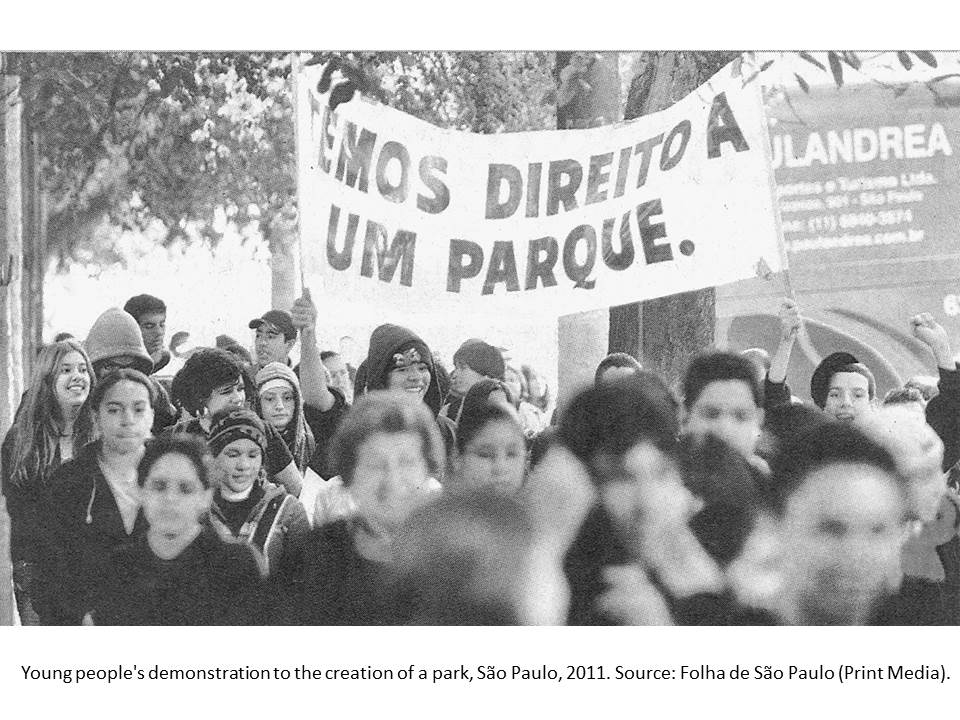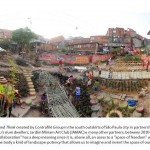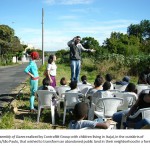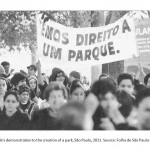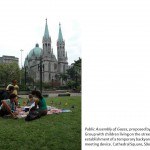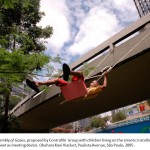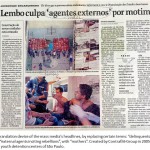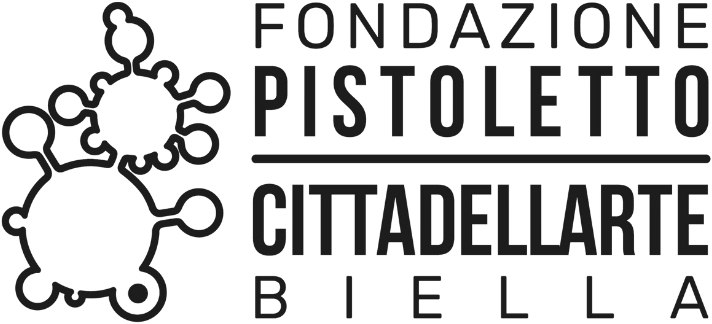Period
2005
Proposed by
Fernanda Noguera
Location
São Paulo
About the project
We have been developing The Children’s Rebellion since 2005, when we noticed the criminalisation of children and teenagers during a rebellion in youth detention centres in São Paulo. A critical reading of the situation was enhanced as we (counter-)translated the mass media’s headlines by replacing certain terms: ‘delinquents’ with ‘children’; ‘external agents inciting rebellions’ with ‘mothers’. We were prompted by our wish, before making any statements, to ask this question: what is behind the rebellion? Under the hypothesis that we live in a society in which a child’s presence is anchored in images—on one hand of the future and, on the other, of potential danger—we judge it necessary to create transgenerational experiences of critical production to question the stigmas that shape these spaces of identity. Thus, Park to Play and Think and Backyard were born.
A backyard is, in the contemporary world, a plateau that puts us all on equal ground: who doesn’t need to play or (re)learn how to play? Winning that space of collective creation has a deep meaning, as it is above all an access to a space of freedom. During the construction of a backyard in the outskirts of São Bernardo do Campo (2013), the group realised that, to many immigrants from the Brazilian countryside (who, in the city, are burdened with precarious jobs and lives), the idea suggests a potential landscape that is at the same time intimate and vast. (When they were children, the backyard was a whole world.) These are the people that are connected with the land. The exile of this knowledge causes us to forget that there is a possible corporeity in our relationship with the city, yet when reminded of this corporeity, we are taught to live it as art-fact. Our desire is to continue this research and action.
External links
About the artist
Contrafilé (São Paulo, Brazil, 2000) studies possible relations connecting art, politics and education, and how these enhance the right to creative production in the city. It creates 'devices to engage the world' that aren't rigid, acquiring different shapes all the time. These are tools that allow powerful crossings, as they raise the 'right now' urgencies, put the body itself in a state of availability, and make intelligible all that escapes predetermined categories or practices
